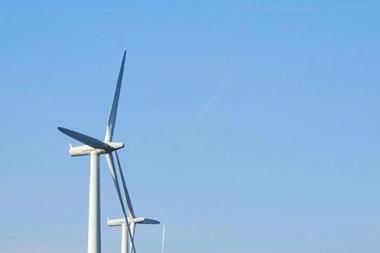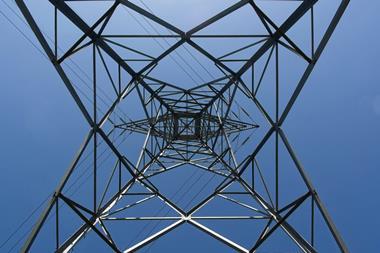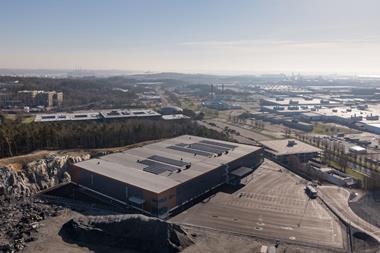Institutional investors could increase their returns from infrastructure by up to 20% by reallocating to sustainable assets, according to new research.
A white paper published by Ortec Finance and Global Infrastructure Basel (GIB) argues that sustainable infrastructure should be expected to outperform other forms of infrastructure under different climate scenarios.
The authors constructed two dummy portfolios and tested against two possible scenarios. Under the first, in which the economy reaches net zero by 2050 through accelerated policy interventions, the sustainable portfolio outperformed its non-sustainable equivalent by around 20%.
The outperformance was driven largely by a lack of exposures to fossil fuels, reducing the portfolio’s likelihood of being stuck with assets that significantly lose value in a low-carbon world.
Under the second scenario, characterised by a steady rise in temperatures in line with current expectations – reaching 2.6°C above pre-industrial levels by the end of the century – the sustainable portfolio outperformed the unsustainable one by around 10%.
In this instance, outperformance was driven by the resilience of assets to weather events. “The analysis demonstrates that sustainable infrastructure enhances resilience to physical risks under a limited climate action scenario (2.6°C by 2100) and reduces transition risk resulting from stranding of fossil fuel assets under a highly-ambitious yet disorderly net-zero transition scenario (1.5°C by 2100),” the authors said.
The definition of sustainable infrastructure used is broad, and includes assets that contribute to the transition to a low-carbon economy, such as renewable energy plants, and those built to withstand the effects of climate change, such as weather-resilient buildings.
The authors admitted that the effect on performance at the total portfolio level would be limited by institutional investors’ relatively low allocations to infrastructure, which the paper estimates at 5% on average.
“However, at the total portfolio level, the benefits of climate risk mitigation are less pronounced when infrastructure remains a relatively small portion of overall asset allocations,” the report said.
Raising an infrastructure allocation from 5% to 10% could also lead to a 0.2 percentage-point increase in expected returns, the authors argued, “primarily due to diversification benefits”. They therefore concluded that investors should therefore increase both their exposure to infrastructure and their focus on sustainable assets.
GIB is a Swiss foundation that promotes sustainable and resilient infrastructure, and Ortec specialises in providing climate scenarios to investors. The white paper also includes input from Swiss Re, Aon, Meridiam and HSBC.
An earlier version of this article incorrectly stated that the Bank of International Settlements (BIS) contributed to the white paper. To clarify, the BIS is not officially affiliated with this research.
To read the latest 91��ý���� magazine click here.

















